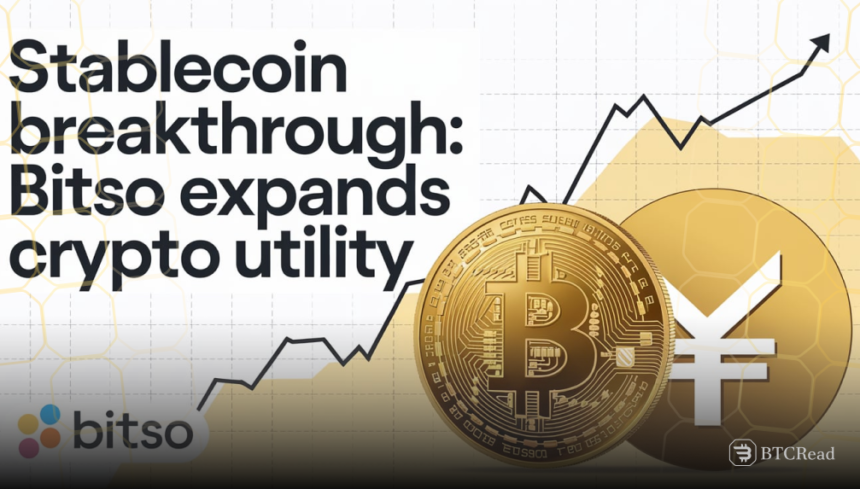Bitso Business, the Mexican crypto exchange’s subsidiary, will be releasing a stablecoin pegged to the Mexican peso. The token will be tradable on the Arbitrum Ethereum layer-2 network. The project will advance financial inclusion and expand cross-border transactions.
Remittances to low- and middle-income countries will grow 1.4% in 2023 to $656 billion. The World Bank attributes it to economic slowdowns in the destination countries for the migrants. This increase is following an 8% increase in 2022 when remittances amounted to $647 billion. Remittances are a source of valuable financial support in most economies, especially where foreign investment is dwindling.
Global remittance growth in 2022
In 2022, the high prices in the oil-producing countries in the Gulf raised remittances from the migrant workforce. Russian remittances to the region in Central Asia also increased. The United States and other developed economies contributed through tight labor markets.
Regional growth of stablecoin in remittances varied: the Middle East and North Africa fell 3.8%, but the others increased: East Asia and the Pacific 0.7%, Europe and Central Asia 19%, Latin America and the Caribbean 11.3%, South Asia 12.2%, and Sub-Saharan Africa 6.1%. The largest remittance receivers in 2022 were India ($111 billion), Mexico ($61 billion), China ($51 billion), the Philippines ($38 billion), and Pakistan ($30 billion). Some economies are heavily reliant on remittances in terms of percentage of GDP.
Tajikistan leads with 51%, followed by Tonga (44%), Lebanon (36%), Samoa (34%), and the Kyrgyz Republic (31%). Remittance costs remain high. The average fee for sending $200 was 6.2% in late 2022, far above the global target of 3%. Banks charged the highest at 11.8%, while mobile operators had the lowest at 4.5%. Mobile transfers remain underutilized despite being the cheapest.
Stablecoin and the future of remittance transfers
Regional patterns are varied. In the East Asia region, remittances grew moderately at 0.7%, driven by the need for skilled labor in Australia and New Zealand. In Europe and Central Asia, transfers rose sharply by 19% due to Russian capital flight.
Latin America grew 11.3%, led by the strong US labor market. Future growth will be tied to US economic performance. The Middle East declined, but South Asia rose on the strength of strong migrant demand in the Middle Eastern countries. Sub-Saharan Africa’s remittance flow rose 6.1%, with the largest share going to Nigeria.
Growth in remittances will be slowed down with deteriorating host economies. Transfer fees remain an issue. Blockchain-based and digital asset solutions have the possibility to offer alternatives. The introduction of the stablecoin by Bitso is an indication of the way towards cheaper and faster cross-border transfers.



